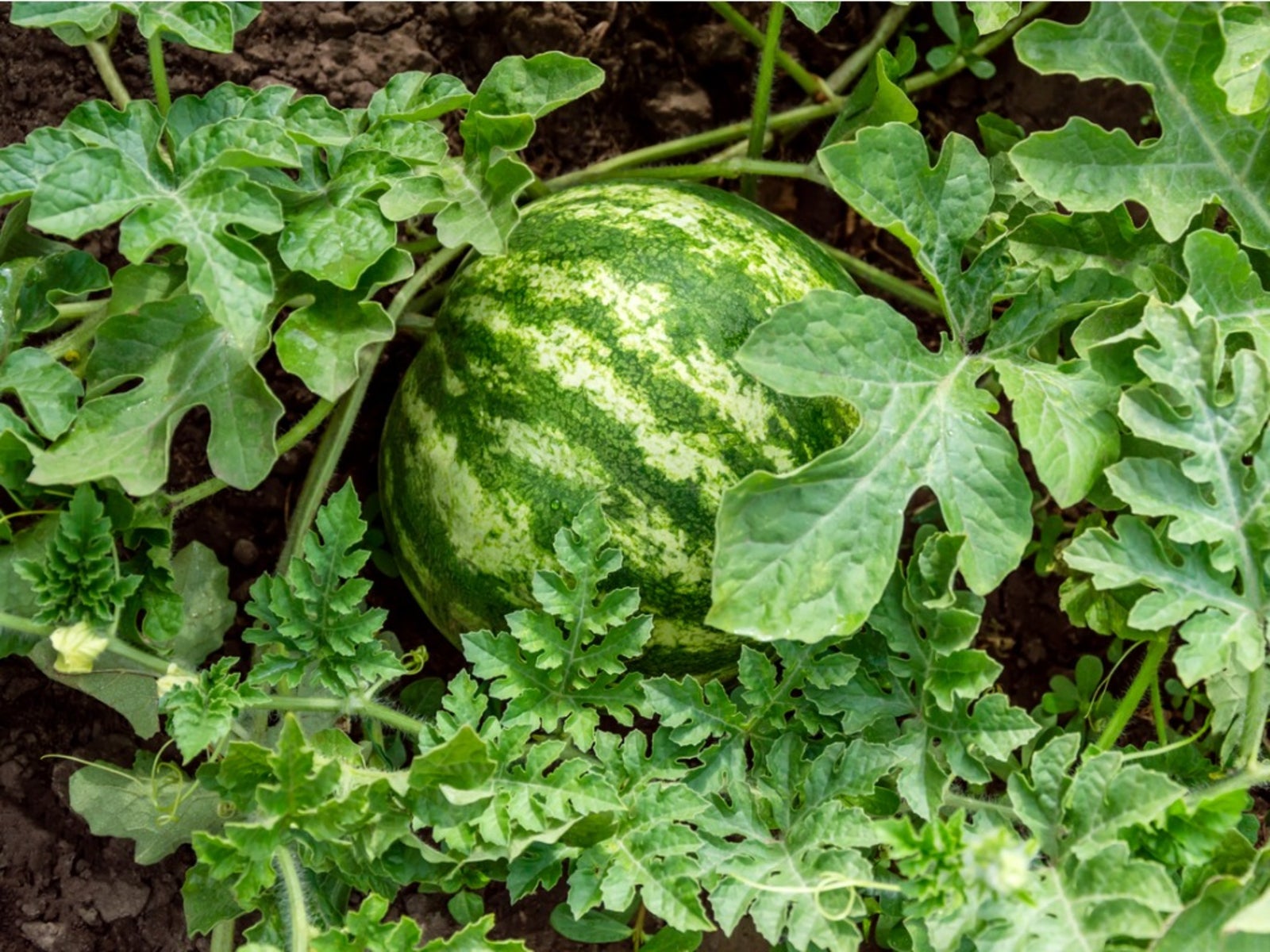Watermelon Mosaic Virus: Treating Watermelon Plants With Mosaic Virus


Watermelon mosaic virus is actually quite pretty, but infected plants may produce less fruit and what they do develop is malformed and discolored. The damaging disease is introduced by a tiny insect so small they are difficult to see with the naked eye. These little troublemakers can cause serious adverse effects in watermelon crops. Here are some tricks on recognizing the disease and minimizing its damage.
Diagnosing Watermelon Plants with Mosaic Virus
Watermelon leaf mosaic disease stems from Potyviris, a common virus in cucurbits. The disease symptoms are different among the squash, melons, gourds, and even wild cucurbits that it infects. Peas and alfalfa are also affected. Mosaic virus of watermelon shows up on the leaves initially but persists to spread to the stems and fruit. Effective control can only be achieved by a gardener's vigilance and good cultural practices. The first signs of infection are yellowing of the leaves and marginal chlorosis. The yellowing is most often at the leaf veins and edges and is irregular, resulting in a characteristic mosaic form. Young leaves deform and distort. Leaves are smaller than usual and have blister-like regions. If any fruit form, they are dwarfed, discolored, and may have mottling and a warty appearance. The flavor is not significantly affected but the marketability of the fruit is diminished. Since less fruit form, crop sizes are greatly reduced. Additionally, the disease spreads easily and can affect many other crops.
Controlling Mosaic Virus of Watermelon
Treating watermelon mosaic virus can be tricky, but the first step is recognizing the problem. It also helps to know how the disease is transmitted. It is only moved into plants through feeding activities of several species of aphid or from leaf miners. The infection is only transmissible for a few hours but during high feeding time, insects can infect a host of plants. The virus can also overwinter in seed or host weeds. Plants installed in the later period of the season are more greatly affected because insect numbers are high. The most important management strategy is cleanliness. Remove all old debris and keep manual and mechanical tools sanitized. Crop rotation is also a recognized method for minimizing the incidence of the disease. Keep the area free of weeds, especially wild cousins of the sweet potato, which can harbor the virus. Remove and destroy infected plants to prevent the spread of the disease. Insect control is essential. Use insect barriers where applicable. Some gardeners swear by a mulch of reflective silver plastic around the plants. Apparently, the insects do not like the shine, but it is only effective until vines and leaves cover it up. Insecticides are not useful as the insect has time to transmit the virus before it dies.
Sign up for the Gardening Know How newsletter today and receive a free copy of our e-book "How to Grow Delicious Tomatoes".

Bonnie Grant is a professional landscaper with a Certification in Urban Gardening. She has been gardening and writing for 15 years. A former professional chef, she has a passion for edible landscaping.